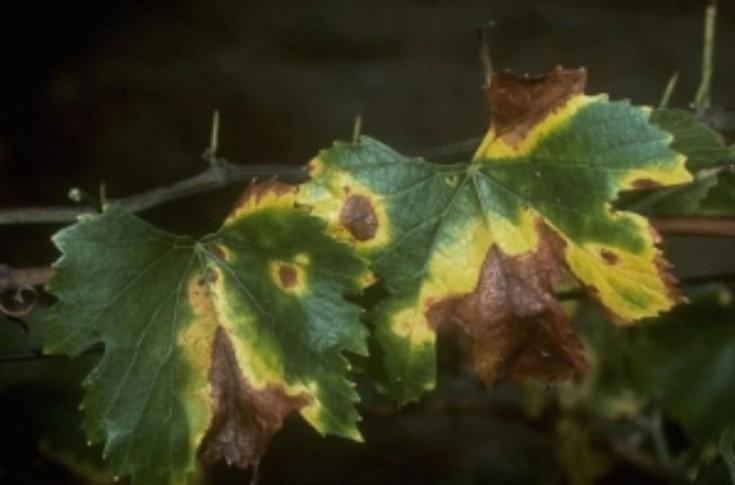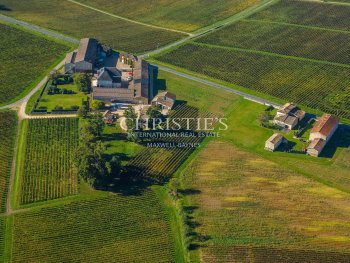Vine-killing bacteria found in Portugal

he wine industry is on tenterhooks. Xylella fastidiosa, sub-species fastidiosa, the bacteria responsible for Pierce’s disease, has been discovered in the county of FundĂŁo, in the centre of Portugal. The bacteria was identified on a 20-year-old Vitis vinifera vine located in a 2-hectare vineyard. It was officially confirmed on March 25. “This is the first detection of the strain responsible for Pierce’s disease on continental land in the European Union. It was previously detected on the island of Majorca in 2016”, says a report featured in the North and South Aquitaine Plant Health Bulletin. The report calls on winegrowers to be doubly careful in their vineyards and ramp up their monitoring processes. The slightest suspicion should be reported immediately to the regional agriculture authorities. “An official reinforced surveillance plan is being implemented across the New Aquitaine region”, stresses the regional Plant Health Bulletin.
Xylella fastidiosa is classed as a priority quarantine organism and the authorities are doing everything in their power to avoid it being introduced into Europe. There are no curative means of combatting the bacterium. To date, the only compulsory control measures are increased surveillance, immediate destruction of contaminated plants and control of insect vectors.
Pierce's disease is characterised by the sudden and rapid drying of part of the leaves, which then become necrotic while the adjacent tissues turn red or yellow. The leaf then dries out completely and falls off. Only the petiole remains in place, attached to the shoot.






